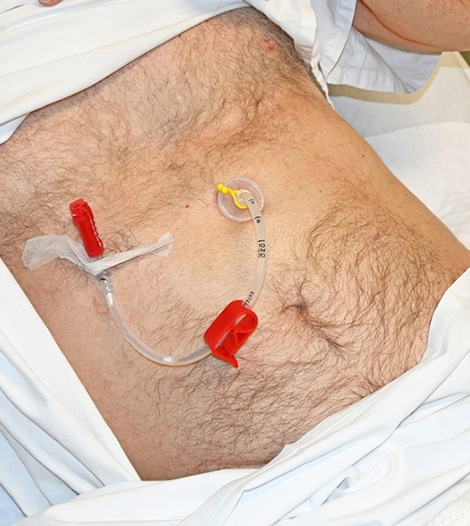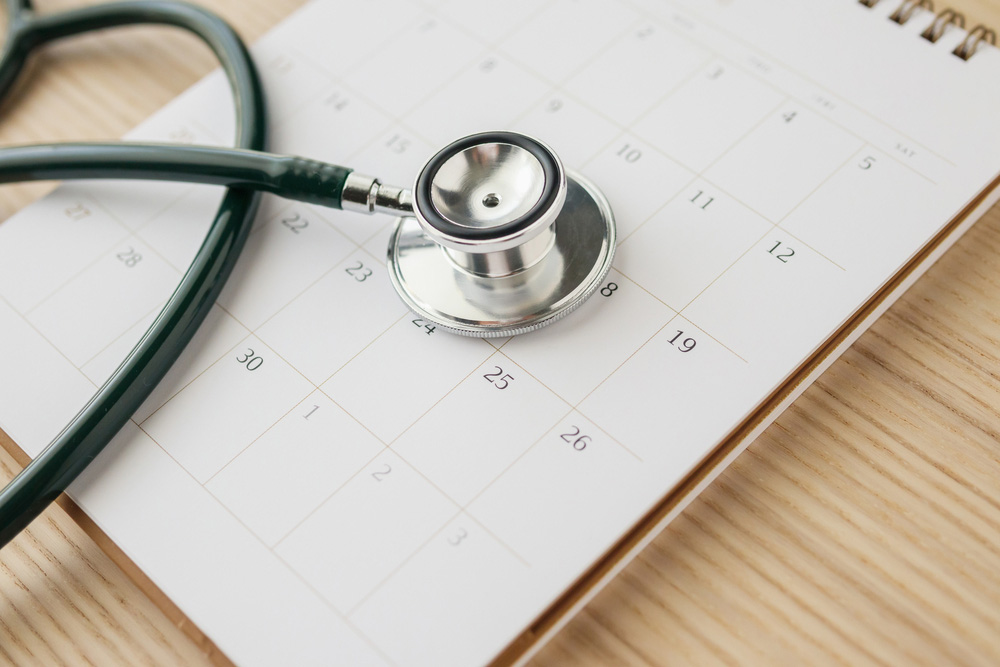Procedures
Percutaneous Endoscopic Gastrostomy (PEG)
- Percutaneous endoscopic gastrostomy (PEG) is a surgical procedure for placing a tube for feeding without having to perform an open operation on the abdomen (laparotomy). It is used in patients who will be unable to take in food by mouth for a prolonged period of time. A gastrostomy, or surgical opening into the stomach, is made through the skin using an a flexible, lighted instrument (endoscope) passed orally into the stomach to assist with the placement of the tube and secure it in place. The purpose of a percutaneous endoscopic gastronomy is to feed those patients who cannot swallow food. Irrespective of the age of the patient or their medical condition, the purpose of percutaneous endoscopic gastronomy is to provide fluids and nutrition directly into the stomach.
- PEG is performed in a hospital or outpatient surgical facility. It is not necessary to perform a percutaneous endoscopic gastronomy in an operating room. Local anesthesia (usually lidocaine or another spray) is used to anesthetize the throat. An endoscope (a flexible tube with a camera and a light on the end) is passed through the mouth, throat and esophagus into the stomach. The physician then makes a small incision (cut) in the skin of the abdomen over the stomach and pushes a needle through the skin and into the stomach. The tube for feeding then is pushed through the needle and into the stomach. The tube then is sutured (tied) in place to the skin.
- Possible complications include infection of the puncture site (as in any kind of surgery,) dislodgement of the tube with leakage of the liquid diet that is fed through the tube into the abdomen, and clogging of the tube.
- Percutaneous endoscopic gastronomy takes less time, carries less risk and costs less than a surgical gastrostomy which requires opening the abdomen. Percutaneous endoscopic gastronomy is a commonly-performed so there are many physicians with experience in performing the procedure. When feasible, percutaneous endoscopic gastronomy is preferable to a surgical gastrostomy.


Patient preparation for the procedure
Preparation for EVL is fasting for 4-6 hours similar to performing a regular esophagogastroduodenoscopy (EGD). An intravenous line is placed to deliver sedation or other medications.

Dr. Kunal Das
Book an Appointment
Ready to take the first step towards better digestive health?
Schedule your appointment with Dr. Kunal Das today. With convenient booking options, personalized consultations, and compassionate care, we’re here to support you on your journey to optimal wellness.

